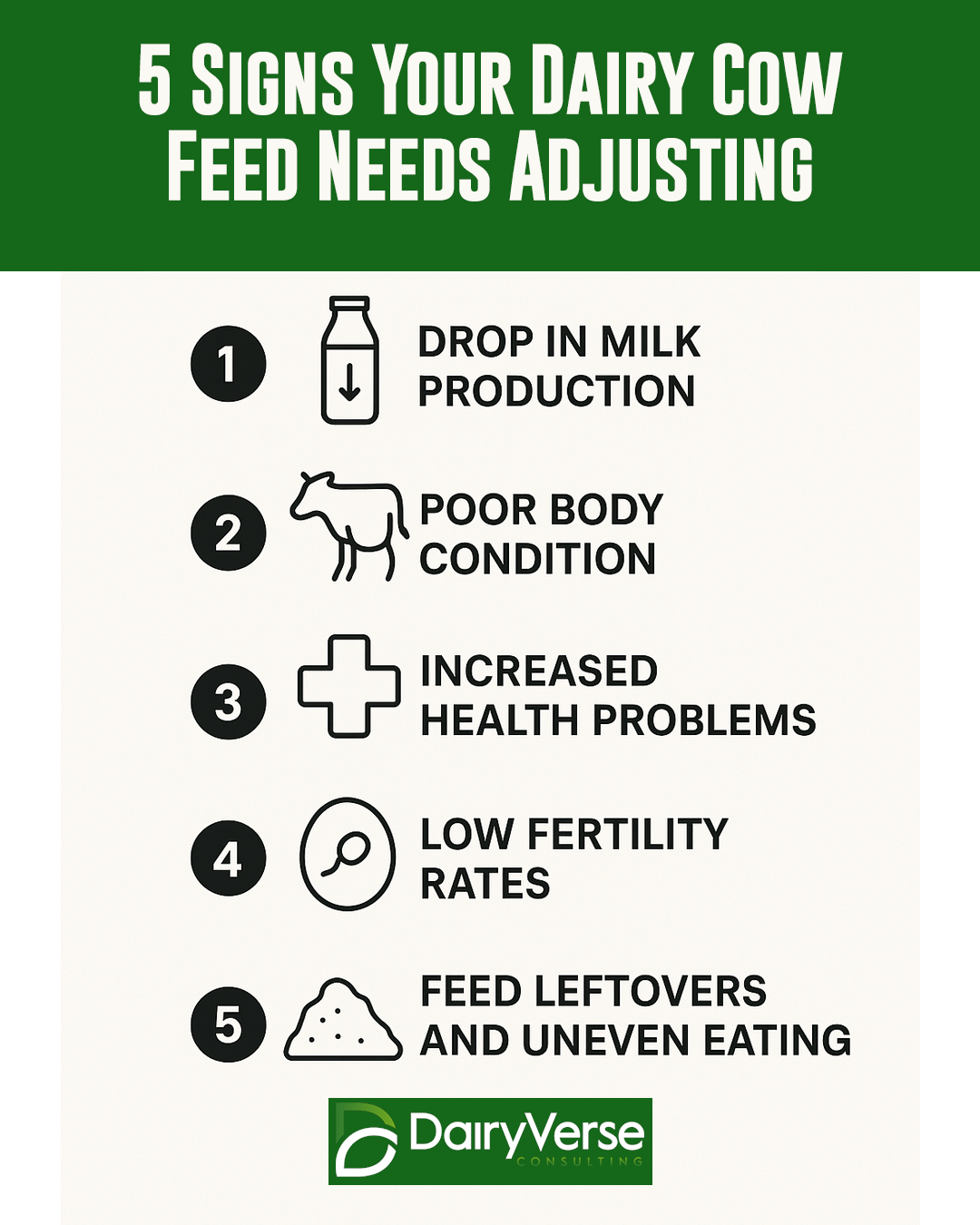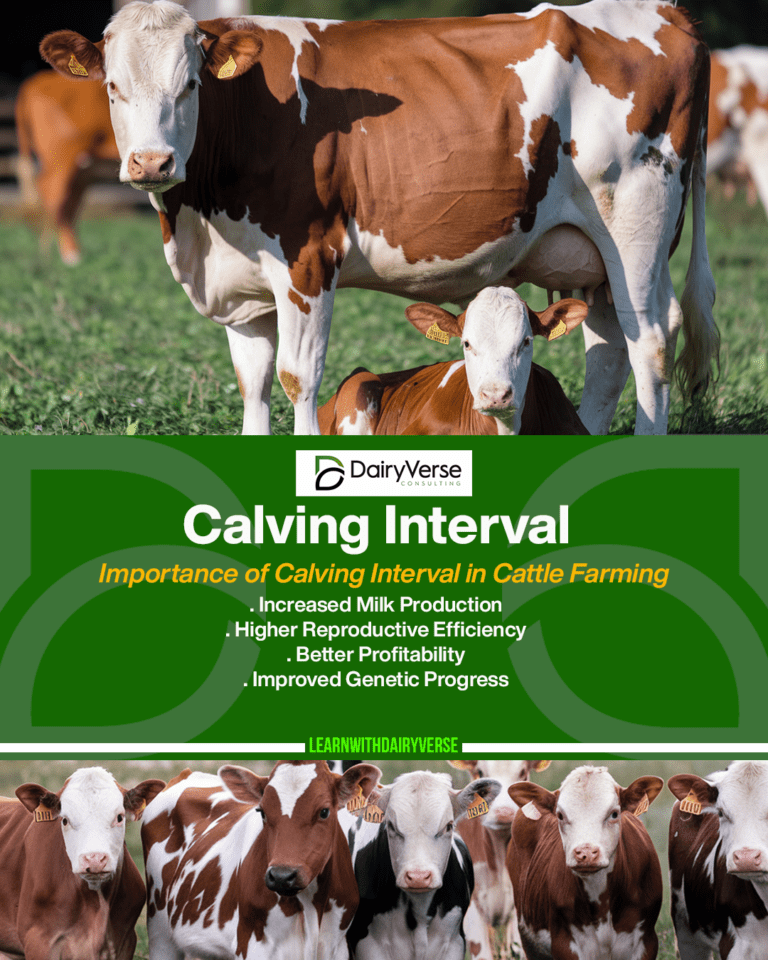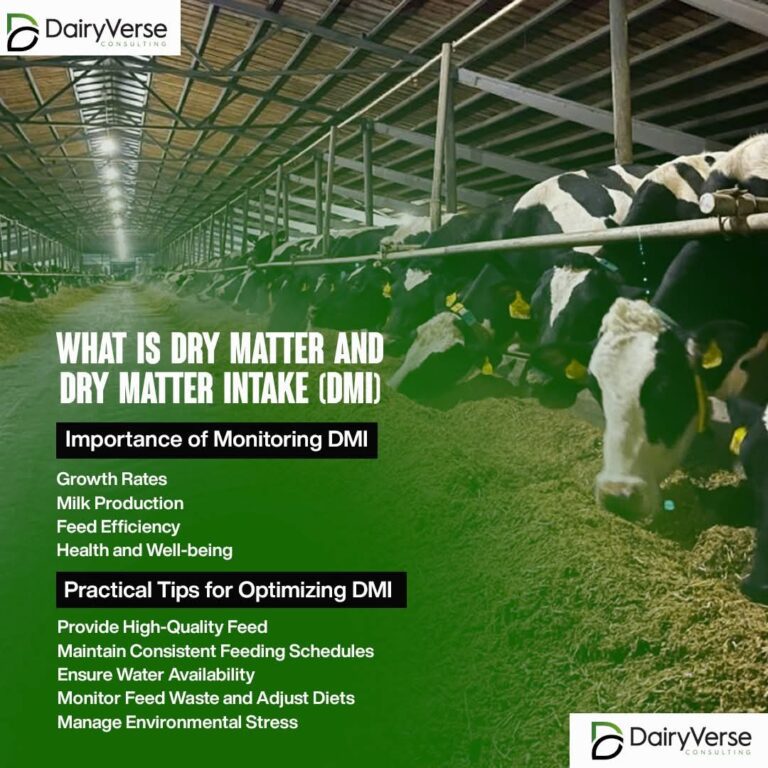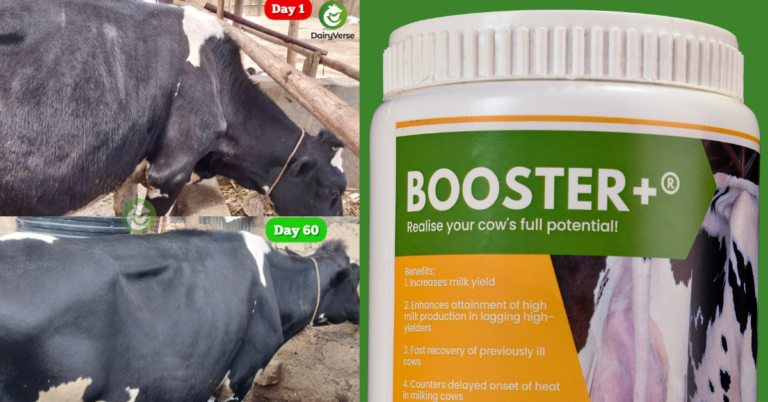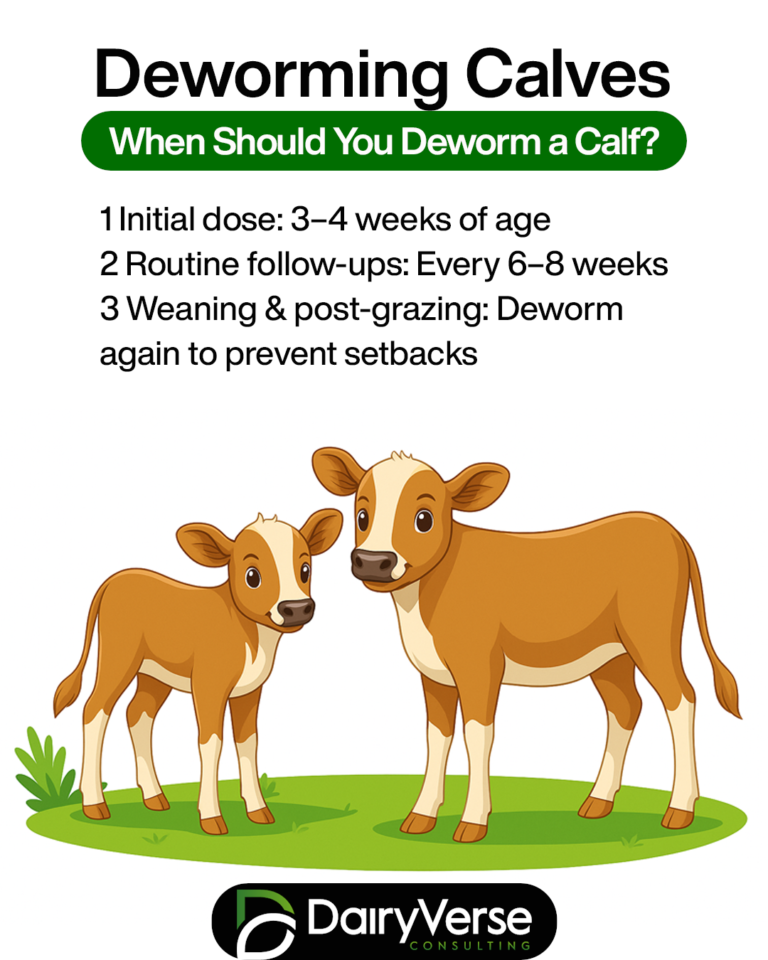In dairy farming, feed is everything. It’s the fuel behind milk production, animal health, fertility, and even farm profitability. But how do you know when your current feeding program isn’t quite right?
Here are 5 key signs your dairy feed needs adjusting:
1. Drop in Milk Production
If your cows are suddenly producing less milk without any other visible health problems, it’s often linked to their diet. Insufficient energy, poor protein balance, or inadequate fiber can all cause a decline.
✅ Check: Analyze ration quality, energy levels, and feed intake consistency.
2. Poor Body Condition
Cows that look too thin or too fat are clear indicators something is off.
- Thin cows might not be getting enough energy or protein.
- Overweight cows could be overfed, especially with concentrates.
✅ Check: Body Condition Scoring (BCS) regularly to spot trends early and adjust feeding accordingly.
3. Increased Health Problems
Frequent cases of:
- Bloating
- Acidosis
- Ketosis
- Lameness
could all be diet-related. A poor ration balance can lead to digestive upsets and metabolic diseases.
✅ Check: Review fiber content, starch levels, and ensure cows are receiving proper minerals and vitamins.
4. Low Fertility Rates
Reproductive performance suffers when cows aren’t fed properly.
- Energy deficits delay estrus cycles.
- Mineral deficiencies (like selenium, zinc, and phosphorus) hurt conception rates.
✅ Check: Evaluate feeding especially during transition and breeding periods. Proper nutrition boosts reproductive success.
5. Feed Leftovers and Uneven Eating
If cows are selectively eating or leaving feed behind, it signals issues with palatability, sorting, or ration mixing.
- Are they picking out tasty bits and leaving the rest?
- Is the feed too dry, too wet, or poorly mixed?
✅ Check: Monitor feeding behavior closely and adjust mixing, moisture levels, and particle size.
Final Thought
In dairy farming, small feed adjustments can lead to major improvements in health, milk yield, and profitability. Regularly monitor your herd’s performance, work with a nutritionist if possible, and don’t ignore the early warning signs.

